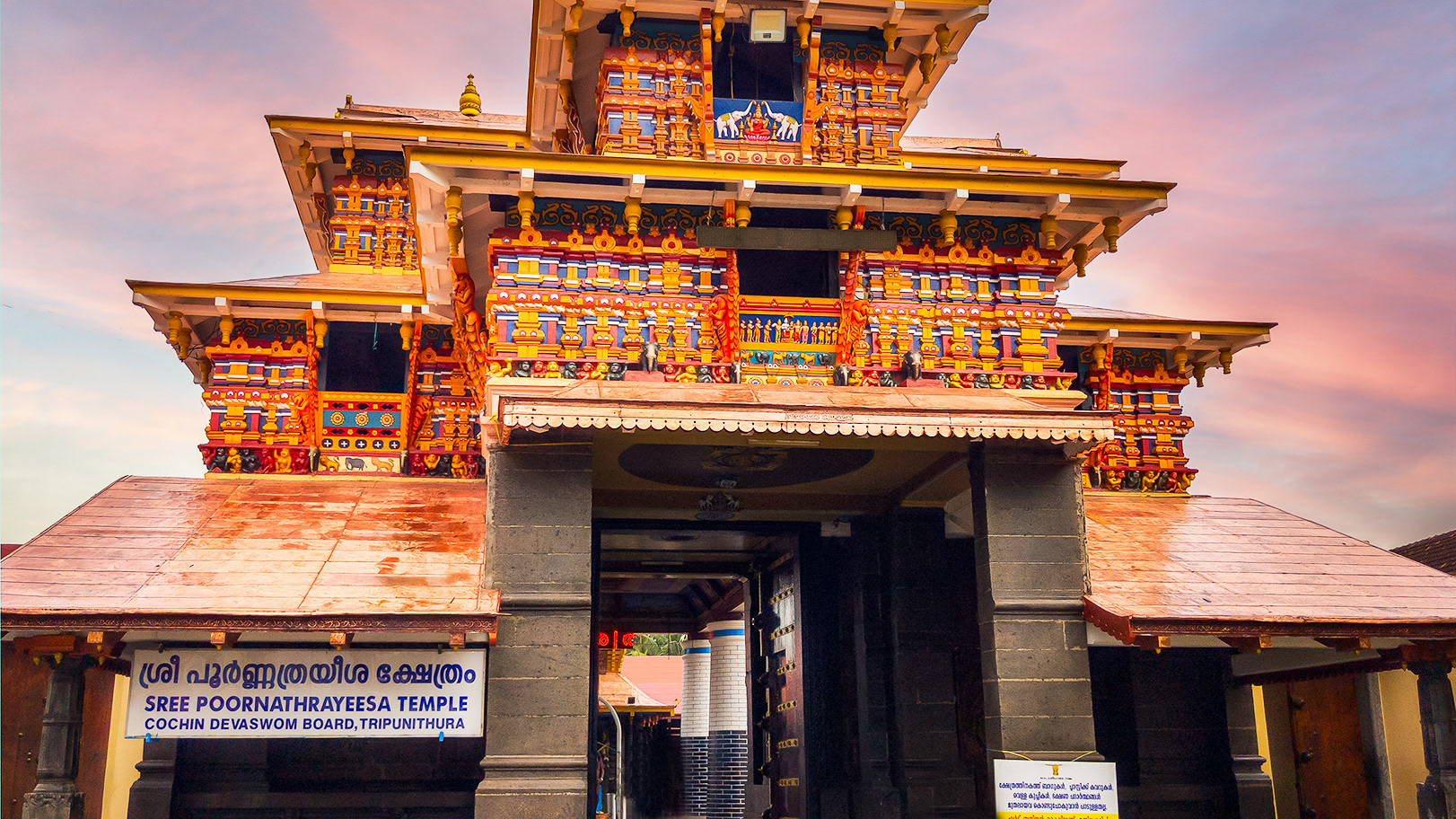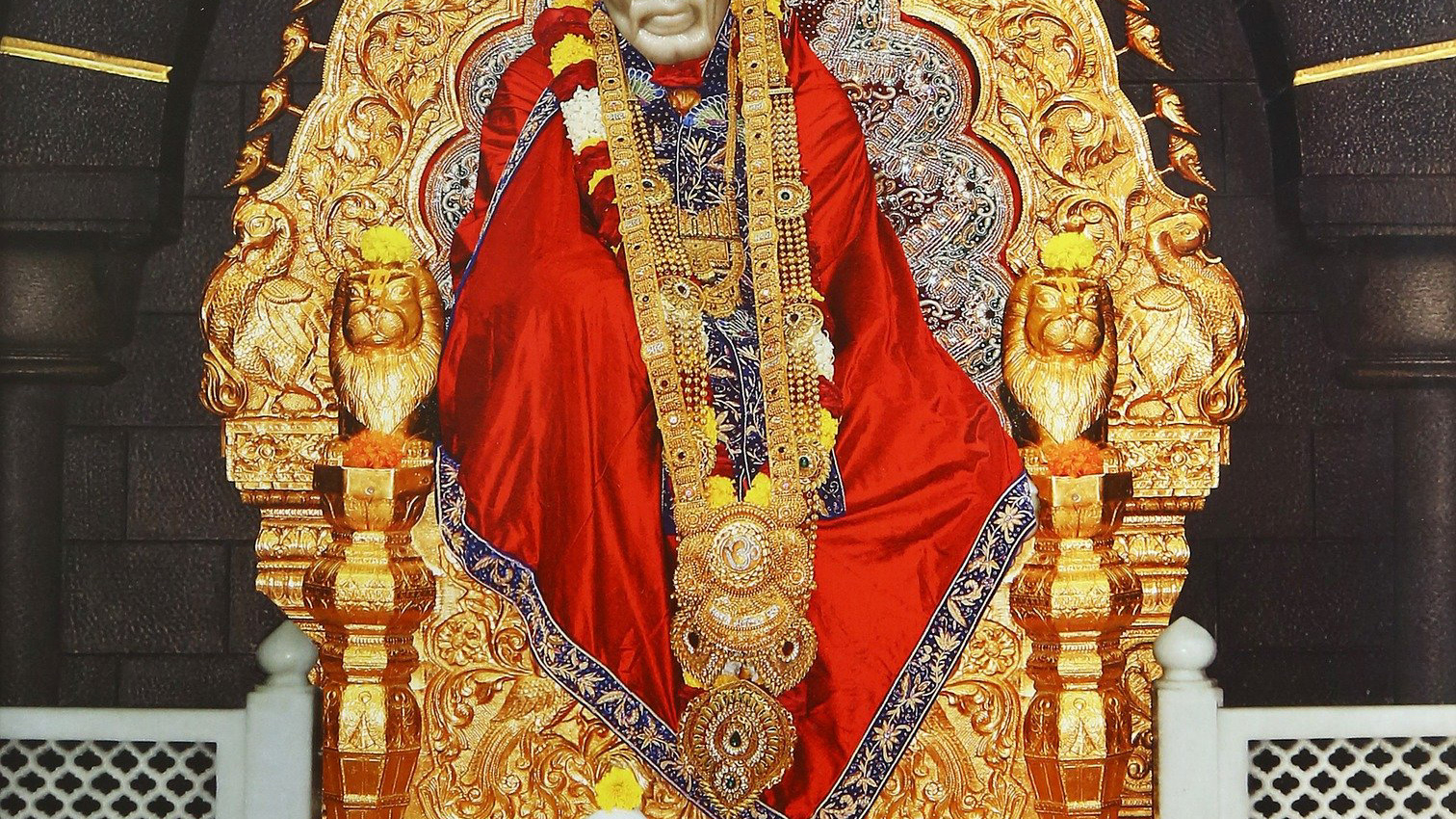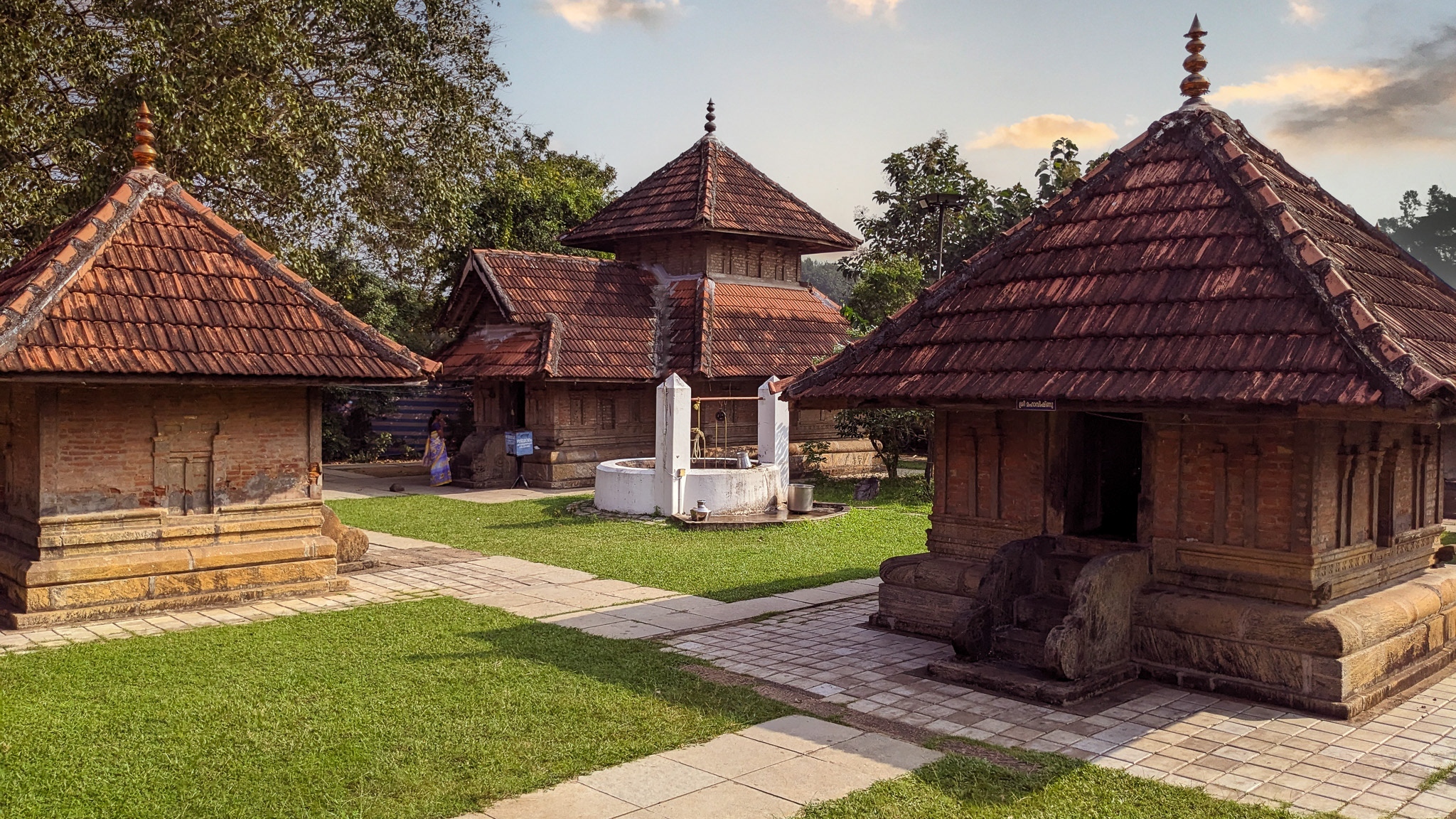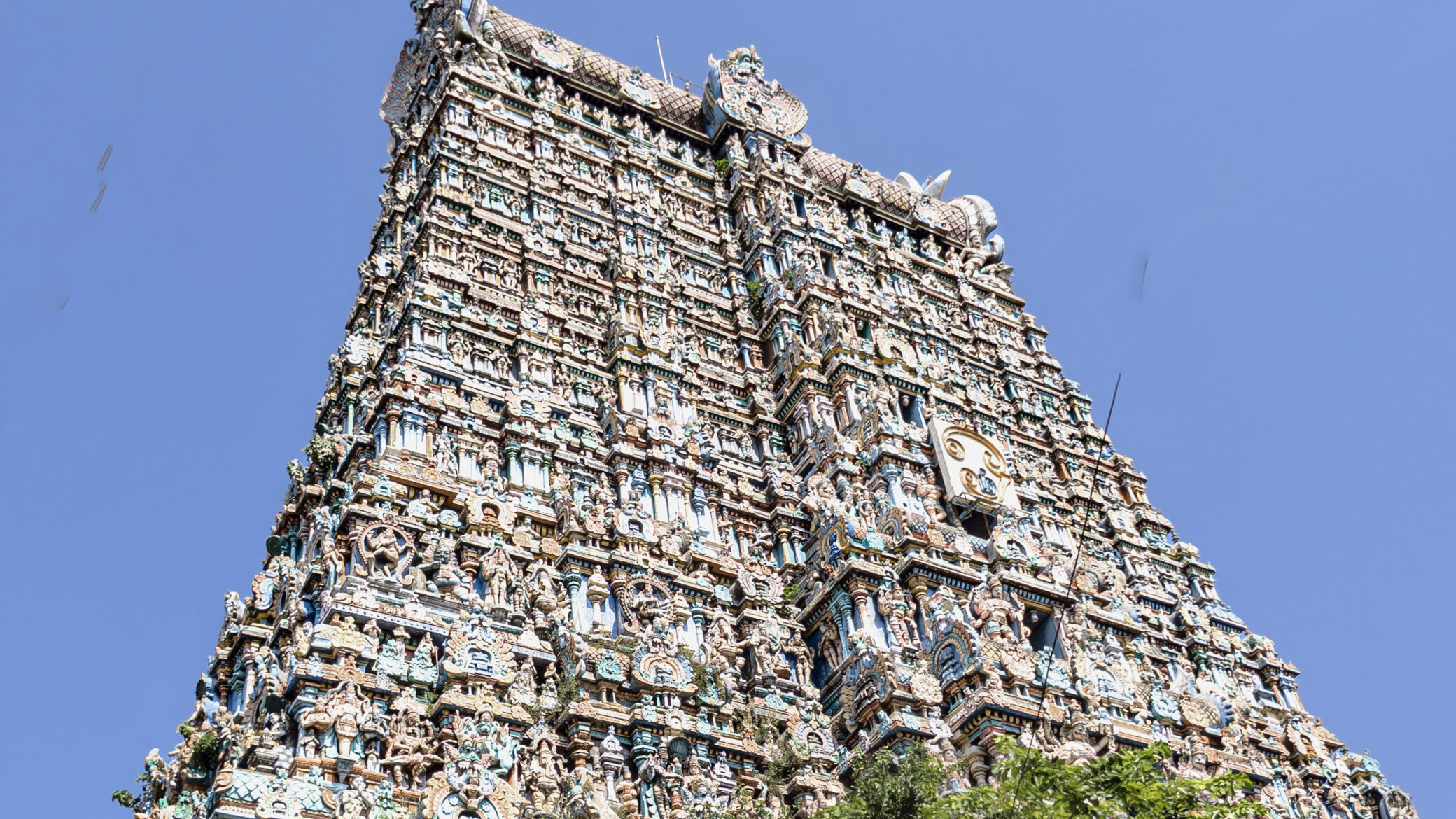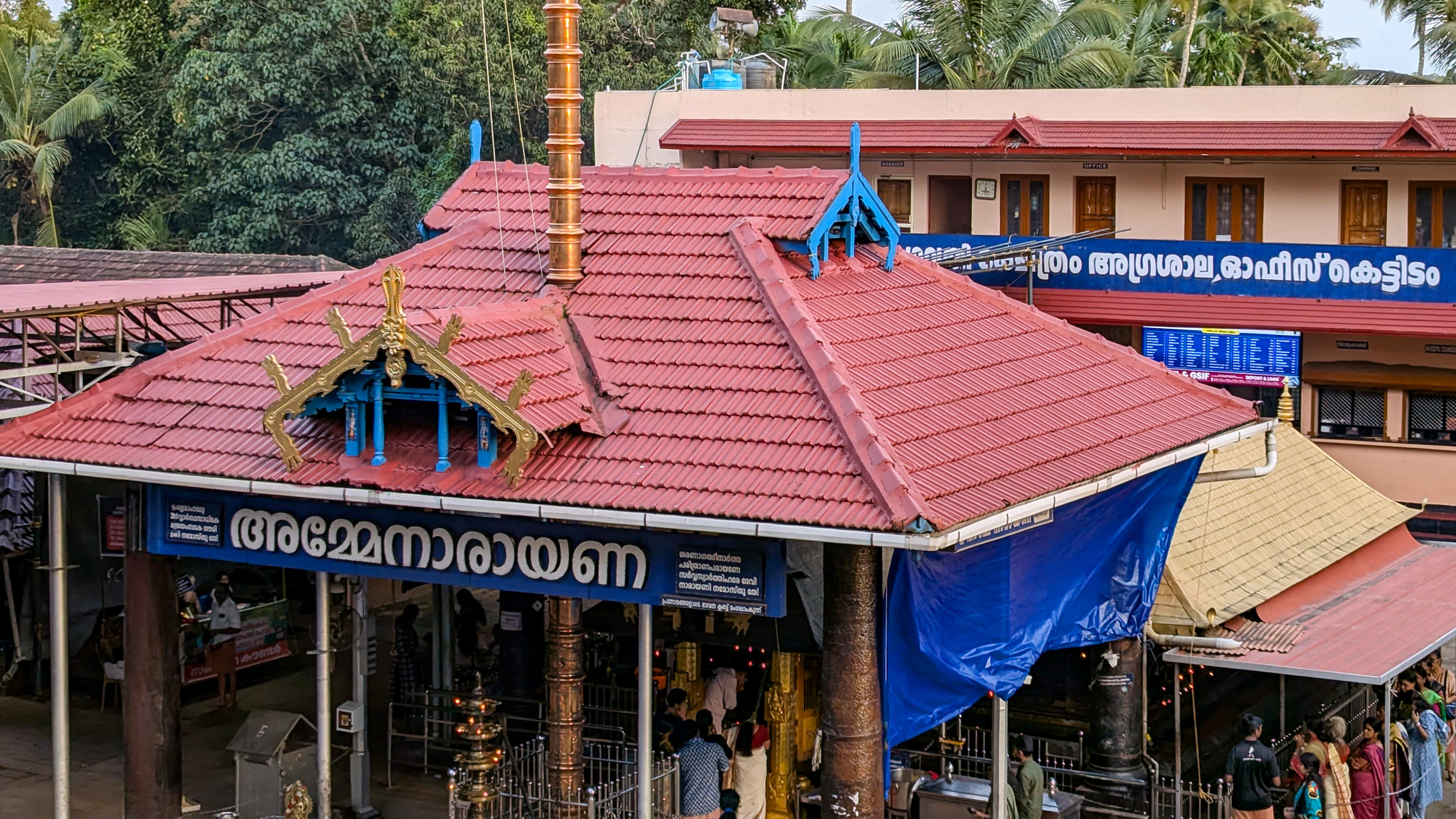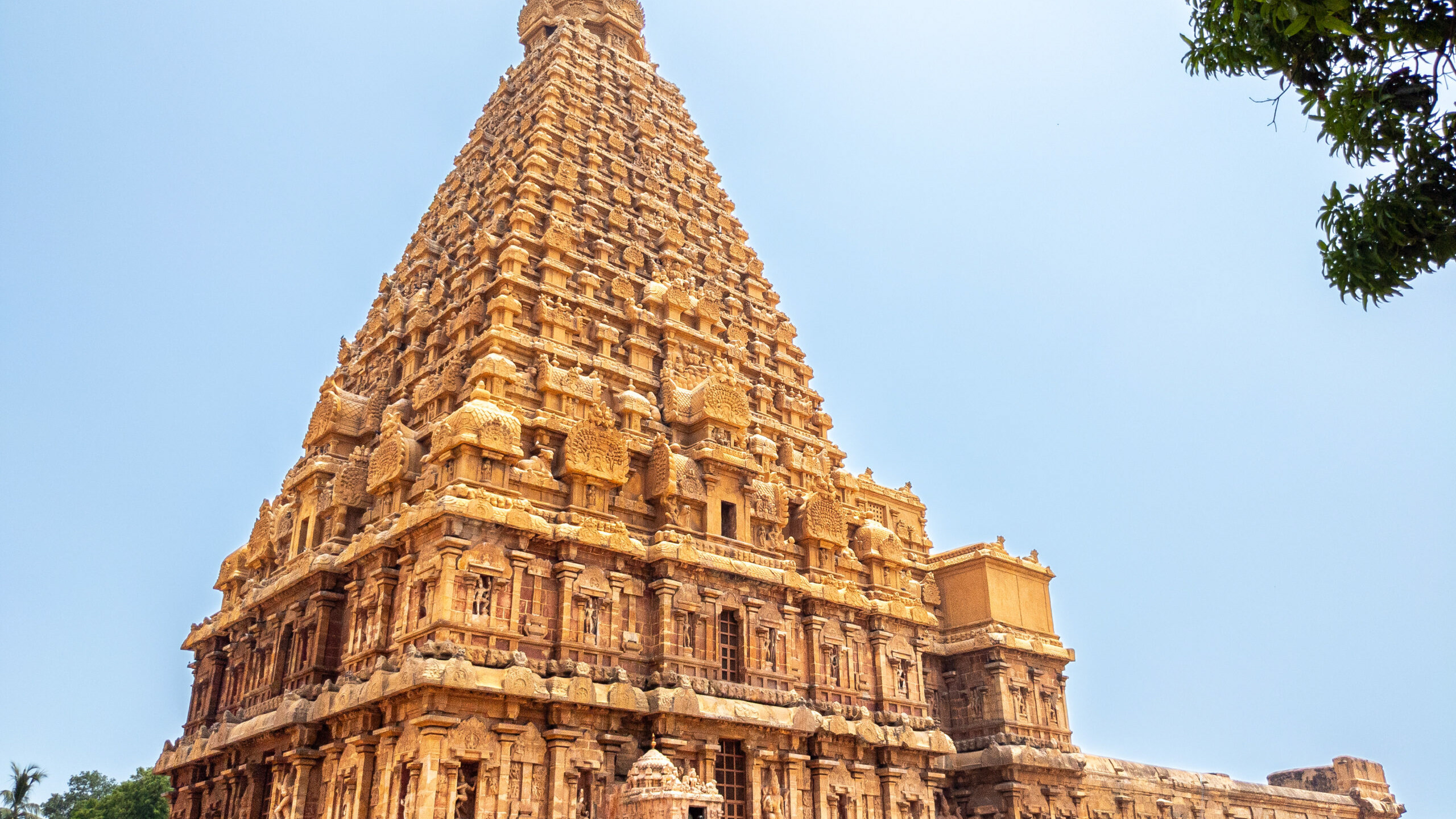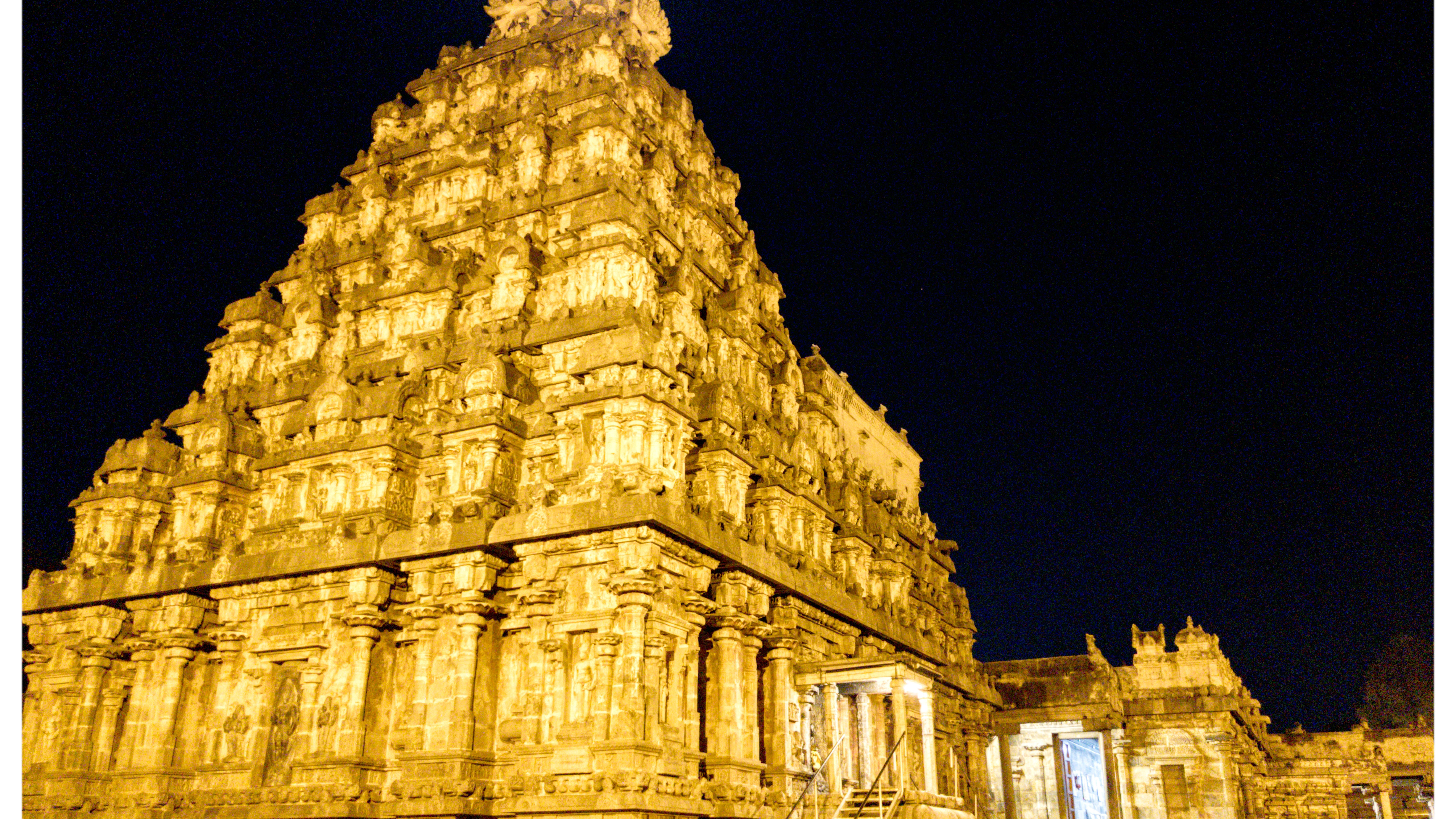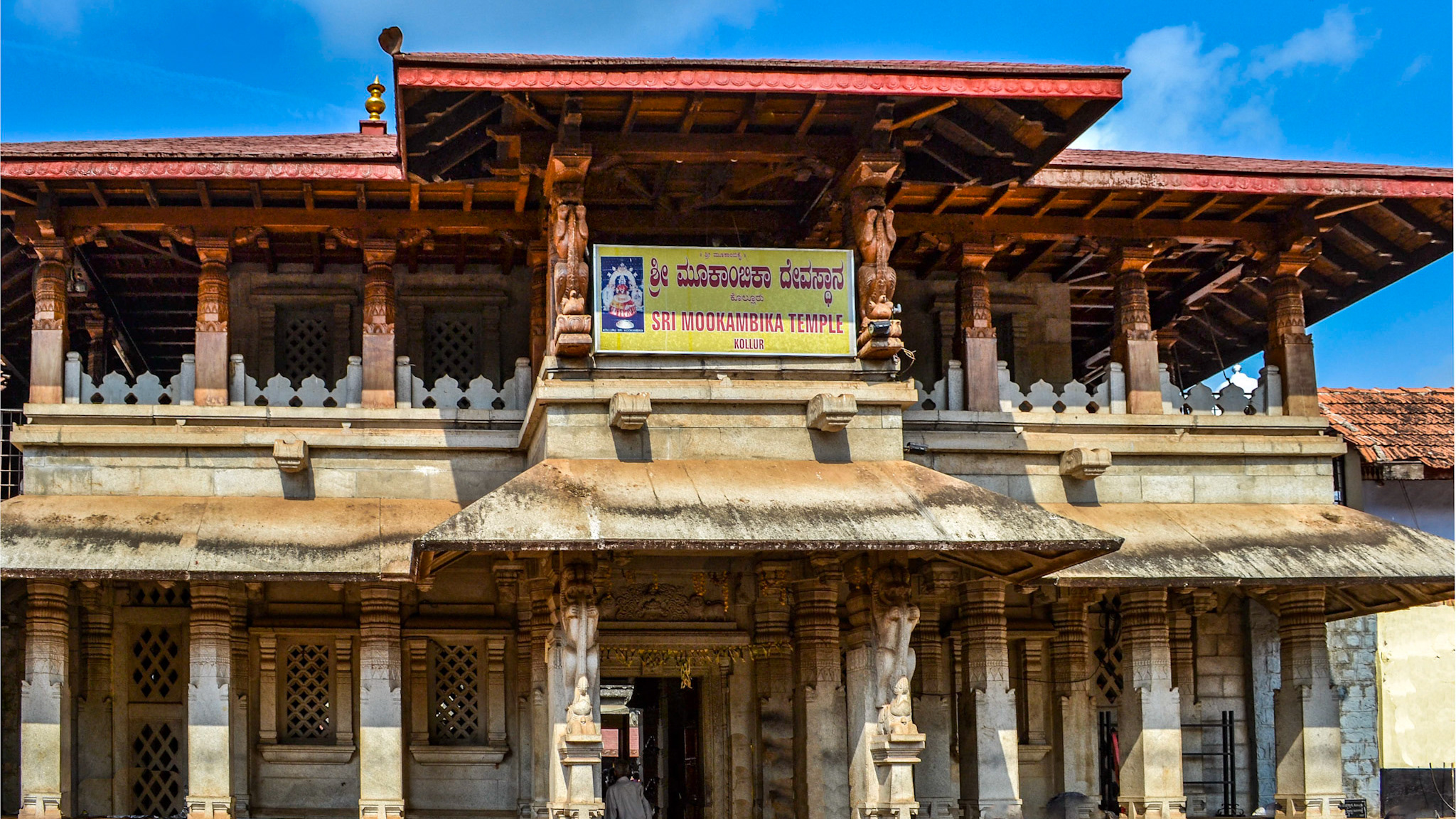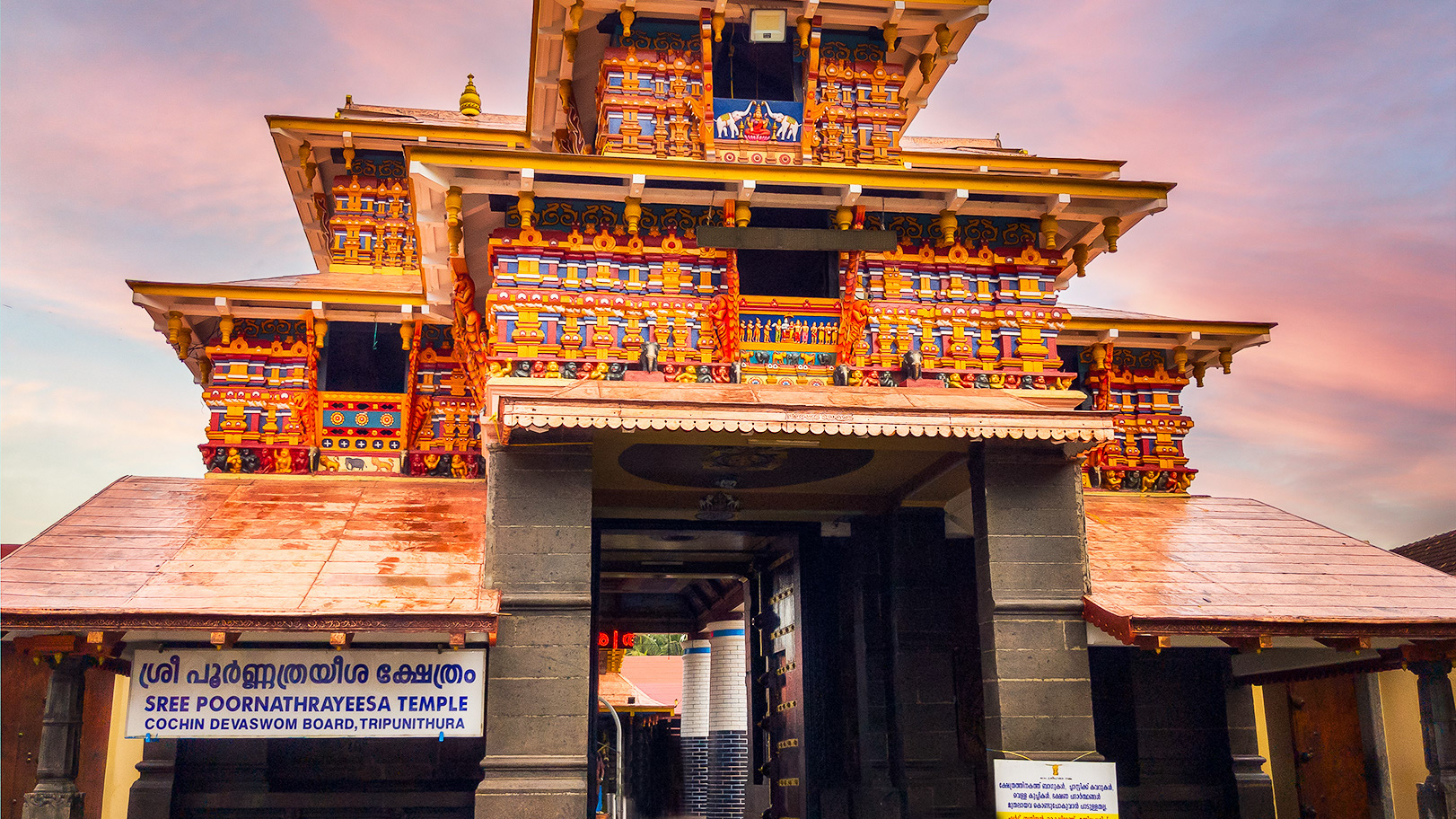Location and Importance
The Kodumbu Subramaniya Swamy Temple, also known as the Kodumbu Murugan Temple, is one of the most ancient Murugan temples in Kerala. It is situated in the village of Kodumbu, 10 kilometers southeast of Palakkad town.
It is said that the Raja Gopura of this temple is the second tallest among all temples in Kerala. Also. it is one of the temples that follows Tamil rituals. The idols of Lord Subramanya Swamy and Goddess Valli in the temple's sanctum sanctorum are uniquely carved as a single sculpture. Due to this devotees believe praying at this temple resolves conflicts between married couples, bringing peace and happiness to their family life. The temple is often regarded as a counterpart to the Palani Murugan temple.
The Bharathapuzha river, also known as Soka Nashini here, flows near the temple. It is believed by devotees that taking a dip in the Soka Nasini river can wash away their sorrows.
History and Legend
During the Vijayanagara Period, Tamil weavers were subjected to heavy taxes. As a result, some family members of the Sengunthar Kaikola Mudaliyar relocated from Kanchipuram to Kodumbu, near Palakkad, and began their weaving industry. They would travel to Avanashi town near Coimbatore to sell their clothes and purchase raw materials for weaving.
On one occasion, while returning from Avinashi to Kodumbu in their bullock carts, they heard a voice saying, "I am coming, I am coming." The Sengunthars searched but could not find the source of the voice. When they tried to move forward, the bullocks refused to budge, and they heard the voice again. After a thorough search, they found a brightly shining stone in the bushes. They brought it to Kodumbu and began worshipping it as Subrahmanya Swamy, their Kuladevta (family deity).
Kurror Mana Nambuthiripad, the local administrator at the time, allotted the Mudaliars a place within the Shiva temple to construct their own temple. The Shiva temple's priest, Achuthan Namboodiri, insisted that the pooja be performed according to Kerala agama. However, the Mudaliars did not agree. To resolve the impasse, Kurror Mana Nambudiripad instructed both the Malayali and Tamil sides to keep separate Kumbas at the temple's northern gate and asked the opposite side to lift it. Manikka Vachakar, a great Saivite saint representing the Mudaliars, easily lifted the pot kept by the Nambudiris, whereas the Nambudiri side could not. It was then agreed that the pooja in the Subramanya temple would follow Tamil Agama, while the Shiva temple would continue to follow Kerala Agama.
On one occasion, while returning from Avinashi to Kodumbu in their bullock carts, they heard a voice saying, "I am coming, I am coming." The Sengunthars searched but could not find the source of the voice. When they tried to move forward, the bullocks refused to budge, and they heard the voice again. After a thorough search, they found a brightly shining stone in the bushes. They brought it to Kodumbu and began worshipping it as Subrahmanya Swamy, their Kuladevta (family deity).
Kurror Mana Nambuthiripad, the local administrator at the time, allotted the Mudaliars a place within the Shiva temple to construct their own temple. The Shiva temple's priest, Achuthan Namboodiri, insisted that the pooja be performed according to Kerala agama. However, the Mudaliars did not agree. To resolve the impasse, Kurror Mana Nambudiripad instructed both the Malayali and Tamil sides to keep separate Kumbas at the temple's northern gate and asked the opposite side to lift it. Manikka Vachakar, a great Saivite saint representing the Mudaliars, easily lifted the pot kept by the Nambudiris, whereas the Nambudiri side could not. It was then agreed that the pooja in the Subramanya temple would follow Tamil Agama, while the Shiva temple would continue to follow Kerala Agama.
Revered Deities in the temple complex and their significance
The temple complex houses several revered deities, each with its unique significance. . Sree Devi Bhudevi Varadharaja Perumal, the dual deity, symbolizes prosperity and protection, offering blessings for a fulfilled life. Dakshinamoorthy (Lord Shiva) embodies wisdom and knowledge. Nandhikeswaran, the vehicle of Lord Shiva, represents strength, loyalty, and steadfastness in the face of challenges. Narthana Ganapathy is the deity of joy and creativity, while Valli and Devasena are the divine consorts of Subramanya Swamy. Lord Ayyappan serves as the protector and guide. Veera Bahu is the lord of prosperity and success. Kala Bhairava wards off negative forces, and Navagraham, the nine planetary deities, are worshipped to bring balance and harmony to one's life and destiny.
Rituals and Festivals
Special rituals are conducted on all auspicious days dedicated to Lord Muruga. The Thaipooyam festival is celebrated for ten days, beginning on the day of the Parani star in the Tamil month of Thai. Similarly, the grand Sura Samhaaram festival takes place on the full moon day of the Tamil month of Aippasi, concluding the Kandasashti fasting period. Other significant celebrations include Sashti days, Krittika star days, Karthigai Deepam, Panguni Uthiram, and the Chariot Festival.
During the Sura Samhaaram festival, members of the Sengunthar Kaikolar community traditionally dress as the Navaveerargal, the nine lieutenants of Lord Murugan, and reenact the slaying of the demon Suran.
A river flowing near the temple is known as the Soka Nashine (remover of sorrow) It is believed that worshippers who pray to Lord Muruga here will be freed from misfortunes. Every twelve years, the grand Mahamagham festival is held on this river, coinciding with the Mahamagham celebration in Kumbakonam.
Temple Timings
The temple is open daily to the devotees from 5.30 am to 12 noon and from 4.30 pm to 8 pm

